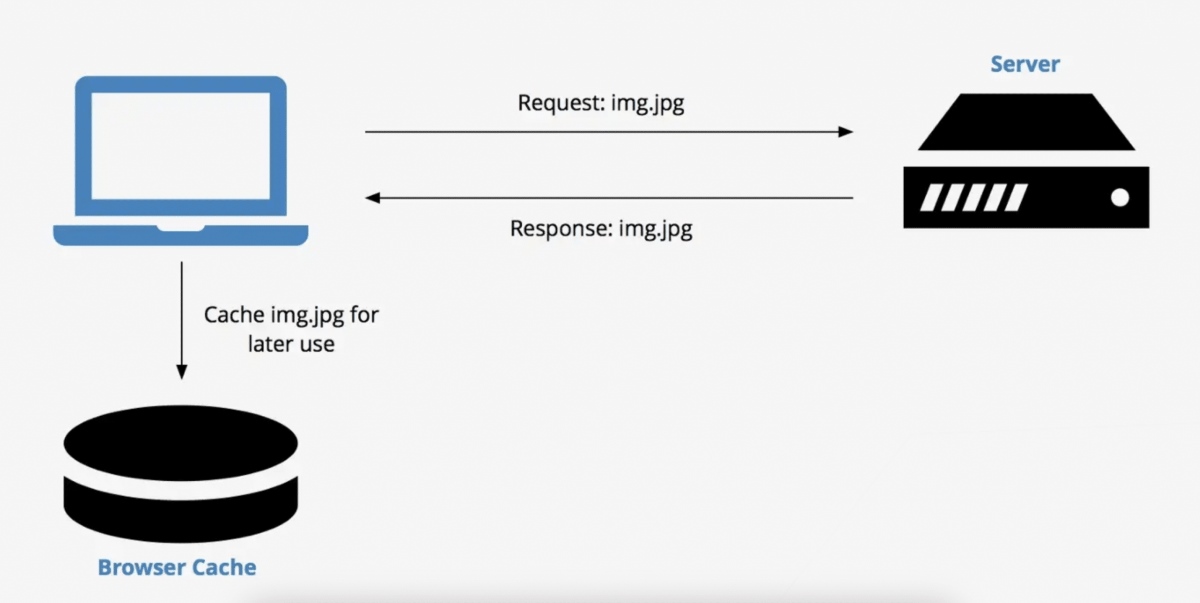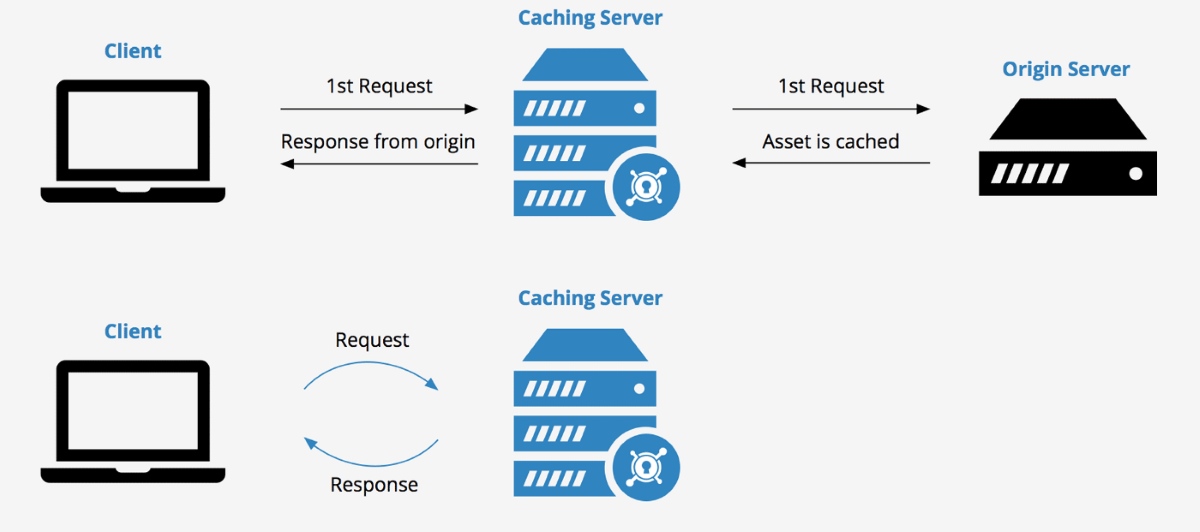You know the feeling – staring at the screen, watching the little loading icon spin around and around, and feeling your patience dwindle by the second. It’s frustrating, right?
Well, the truth is, website speed is a big deal. Not only does it affect your user experience, but it can also impact things like search engine rankings and conversion rates. Thankfully, caching exists.
Caching is like a secret weapon that can make your website lightning-fast. It stores frequently accessed resources, so they don’t have to be fetched every time a user visits your site. But did you know that there are two types of caching? There’s client-side caching, and server-side caching, both of which have their own benefits.
In this article, we’re going to take a closer look at these two types of caching and how they impact website performance. So, let’s buckle up and get ready to learn about the high-speed world of caching!
Differences between Client-Side and Server-Side Caching
The key difference between the two is where the caching occurs.
- Client-side caching involves the user’s browser storing resources that they’ve already accessed, like images and scripts. So when the user comes back to your website, their browser can quickly retrieve the cached resources instead of having to download them again. This can reduce bandwidth usage and give users quicker access to the resources they need.
- Server-side caching is like having a secret stash of pre-generated responses to user requests stored on the server. This means that when someone visits your website, the server can quickly retrieve the pre-generated response from its cache instead of generating it from scratch every time. It’s like having a shortcut to your website’s content, resulting in faster page load times and reduced server load.
Basically, the benefits of client-side caching are reduced bandwidth usage and faster access to cached resources, while the perks of server-side caching are improved page load times and less server load.
But, it’s important to note that client-side caching and server-side caching aren’t mutually exclusive – they can be used together to further improve website performance. In the next sections, we’ll take a closer look at how each type of caching works and how it can be optimized for even better performance.
How Does Client-Side Caching Work?

Have you ever revisited a website and noticed that the images and other resources seem to load almost instantly? That’s probably because of client-side caching, a technique that stores frequently accessed resources on your device instead of downloading them from the server every time you visit the website.
Think of it like your own personal library of website resources: when you visit a website, your browser downloads resources like images, scripts, and stylesheets—like adding books to your collection!
So the next time you visit, your browser can quickly retrieve the resources from your library instead of having to download them again. This saves you time and data usage, much like having your own library saves you time and money compared to buying or borrowing books every time you want to read them.
Optimizing client-side caching
Similar to server-side caching, website owners can set cache control headers to specify how long your browser should keep the resources in cache. They can also use cache-busting techniques, a.k.a. the process of adding a new file to replace an existing file that is already cached. This way, you can make sure that users always see the most up-to-date version of the website, such as when you have new products or offerings available.
For those who don’t have as much technical expertise, you’ll be happy to know that many content management systems like WordPress have caching plugins that use client-side caching to speed up your website’s performance, which you can install and activate with just a few clicks.
How Does Server-Side Caching Happen?

Normally, when a user makes a request to a website, the server generates a response by executing code, querying a database, or interacting with other systems. This process can take time, especially if the website is complex or receives a lot of traffic. So, you can think of server-side caching as a pit crew for your website, ready to help you provide lightning-fast responses at a moment’s notice.
Server-side caching stores the generated response in cache, which is essentially a temporary storage location. So the next time the same user requests the same content, the server can retrieve the response right away. This saves time and takes some load off the server, allowing it to handle more requests and respond more quickly.
However, it’s important to note that there are plenty of factors that can affect your server’s speed, the biggest one being latency. So, things like your server’s location, hardware, and more should be taken into consideration when choosing a hosting provider to handle your site.
Making the most out of server-side caching
There are a few different server-side caching techniques, but the most common ones are page caching and object caching. Page caching stores entire web pages in cache, while object caching stores individual elements like database queries or API responses. Both techniques can give your website a serious speed boost.
Though if you really want to optimize server-side caching, it’s important to set the right cache expiration times. This ensures that the cache doesn’t store outdated or irrelevant content that could slow down your website. In line with this, you may also want to avoid caching dynamic content that changes frequently, as this can cause errors and inconsistencies.
Which Type Of Caching Should I Use?
Choosing the right type of caching for your website depends on a variety of factors, including the type of content on your website, the amount of traffic you receive, and the specific needs of your users.
Client-side caching is advised for dynamic websites or sites that are accessed frequently by the same users. Storing resources like images, scripts, and stylesheets on the user’s device can greatly improve website speed and reduce bandwidth usage. However, it’s important to be mindful of storage space limitations on the user’s device, which can be a drawback of client-side caching.
Meanwhile, server-side caching is generally recommended for websites that receive a high volume of traffic. Page caching, in particular, is a good option for static pages that don’t change frequently, while object caching can be used to cache frequently accessed data like database queries or API responses. Opcode caching can also be useful for PHP-based websites, as it can significantly speed up the execution of PHP scripts.
Team Up With A Cache-Friendly Web Host
Lucky for us, many of the best web hosts like Hostinger and SiteGround offer caching options as part of their hosting plans, which can be a great way to improve website speed without having to worry about the technical details of caching. By choosing a good hosting provider that offers caching options that fit your website’s specific needs, you can ensure that your website is fast, reliable, and user-friendly.
Caching In On Performance
And there you have it, folks! We just learned all about the 2 main types of caching, both of which can drastically speed up your website and make your users happy.
Just remember, there’s no one-size-fits-all solution when it comes to caching. It all depends on your website’s specific needs and requirements. So, take some time to choose the strategy that works best for you and optimize your caching settings. Your users (and your website) will thank you for it!



